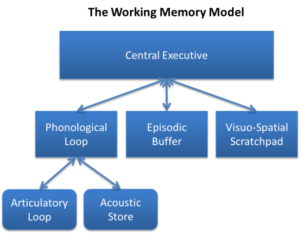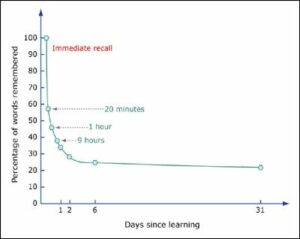The saying “students may forget what we teach, but they’ll remember how we made them feel” is such an important idea that could help us start thinking about how to make online learning a space that fosters belonging, connection, respect for individual differences, and authentic participation. In support of instructional design practices and teaching approaches that can accomplish these aspects, online course design and teaching can be transformative for students (and instructors) when more human-centered strategies are built into the courses, strategies that go beyond cognitive tasks and challenges, and attend to the well-being of students and instructors. What if these practices and approaches are built upon kindness? Cate Denial’s (2024) “A Pedagogy of Kindness” invites us to explore ways in which we can do that.
In this first blog, I will share the foundational notion of “A Pedagogy of Kindness” and its main components. I will also offer a brief example to illustrate a step in applying this kind of pedagogy in an online course.
Denial’s View of Academia and Teaching
In the book, Denial shares her own journey through academia, as a first-generation student and as an academic navigating the intricacies of higher education in the U.S. At the same time, Denial is critical of the culture of higher education that poses many challenges to all to be more caring and kinder to themselves and each other. Through accounts of her own experience as an undergraduate, graduate, and academic in higher education, Denial argues that academia socializes individuals into a culture of power dynamics that emphasizes competition, the pursuit of individual excellence, ableism, and exclusion. This socialization made Denial question the vision, perceptions, and warnings about students: they cheat, won’t do their assignments, want easy ways to pass a course, challenge professors, and should be under suspicion all the time. However, through a process of reflective practice and being asked to defend pedagogical choices, Denial realized she could not defend the indefensible. The choice was clear: why not be kind to students and, through kindness, make a difference in their lives and their educational journeys?
Kindness and Pedagogy
But what does kindness have to do with pedagogy and with online teaching and learning? The short answer is “everything.” Kindness helps to direct our attention, actions, and thoughts to being compassionate and considerate to those around us, physically and virtually. But what is kindness in the first place? Denial defines it in terms of what it is not: It is not about being nice because being nice is hypocritical, underscores power imbalances, presupposes a traditional view of rigor, and leads to burnout—all because of the efforts to disguise actions and thoughts as pleasant when they are less so. Kindness, instead, is a more genuine way to care for others—an approach that makes all see opportunities to bring equity, embrace accountability for our actions and thoughts, and remind ourselves that we live and thrive through compassion even in darker times.
Pedagogy of Kindness Framework
In the Pedagogy of Kindness framework, Denial presents three intersecting elements: a vision for justice, believing students, and believing in students. And these three elements point to considering students’ personal responsibilities, work commitments, financial obligations, disabilities, and attitudes toward the world around them (e.g., politics, climate change), and meet them where they are. In addition, Denial posits that “[w]e must take a hard look at what we’re asking students to do and then identify if there is value in it….If there is, we need to be able to explain that value to students as clearly and directly as we can.” (p 17) Denial’s framework for a pedagogy of kindness rests on three intersecting principles:
Justice: In this element, we should consider:
- Who our students are
- Give students the benefit of the doubt when something outlandish occurs
- Believe in what students share about their educational experiences
Believe Students:
- Cultivate trust
- Be ready to deal with a situation or crisis rather than putting all under suspicion
- Discuss with students ethical decisions
Believe in Students:
- Students want to learn—they have creativity, capacity, and thoughtfulness
- Establish collaboration for mutual learning
Pedagogy of Kindness in Online Education
This framework can be integrated into a course in multiple ways, through the teaching approach, syllabus, class practices, and overall interactions with students. For instance, in one online course I helped design, the language in the Artificial Intelligence policy said something to the effect of “If the assignment is written with AI, you will receive a zero.” In order to cultivate trust and help the instructor prepare to deal with any academic misconduct, we revisited the description of the policy, highlighting the value of students’ own work, ideas, and reflections. The policy language also acknowledged the challenges in completing the assignment and reinforced the importance of the learning process more than the product of the assignment. This example speaks to the believe students and believe in students elements of the pedagogy of kindness.
Now, how might you make kindness visible in your own online teaching?
A second part of this blog will provide examples and practical ways of how Pedagogy of Kindness grounded the design and facilitation of online courses.
References
Denial, C. J. (2024). A pedagogy of kindness. University of Oklahoma Press.














